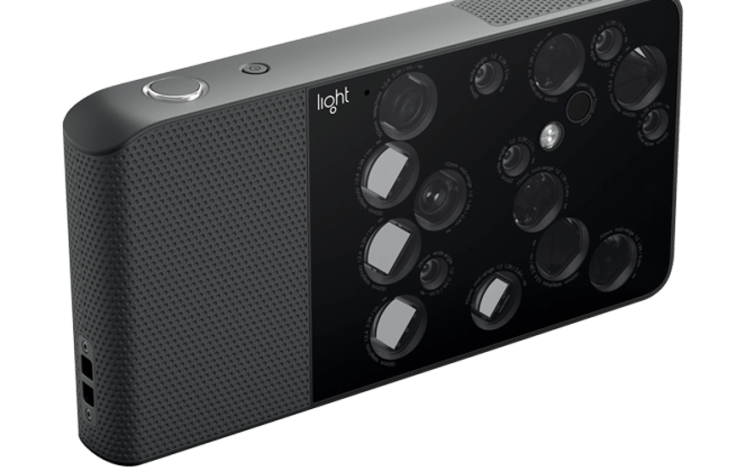Decoding the Lens Craze: The Pros and Cons of Equipping Phones with Five or Nine Cameras

Introduction
In the ever-evolving realm of smartphone technology, one of the most intriguing developments is the race to equip devices with an increasing number of cameras. From dual-camera setups to the mind-boggling five or even nine-camera configurations, manufacturers are pushing the boundaries to redefine mobile photography. This article dives deep into the debate, exploring the rationale behind providing five or nine cameras to a phone and weighing the pros and cons of such extensive camera arrays.
I. The Evolution of Smartphone Cameras A. From Single to Dual Cameras B. The Rise of Triple-Camera Systems C. Pushing Boundaries: Penta and Nonacamera Arrays D. The Quest for Enhanced Photography Capabilities
II. The Functional Roles of Multiple Cameras A. Standard Wide-Angle Lens B. Ultra-Wide Angle for Expansive Shots C. Telephoto Lenses for Optical Zoom D. Macro Lenses for Close-Up Photography E. Depth Sensors for Bokeh and Portrait Modes F. Time-of-Flight (ToF) Sensors for Improved Depth Sensing G. Monochrome Sensors for Enhanced Contrast H. Low-Light Sensors for Night Photography I. Fish-Eye Lenses for Distorted Perspectives
III. Advantages of Phones with Multiple Cameras A. Versatility in Photography B. Improved Zoom Capabilities C. Enhanced Depth Sensing and Bokeh Effects D. Better Low-Light Performance E. Experimentation and Creativity F. Improved AR (Augmented Reality) Experiences
IV. Challenges and Criticisms A. Increased Cost of Manufacturing B. Complicated Camera Arrays and Design C. Diminishing Returns in Image Quality D. Potential Redundancy in Certain Lenses E. Processing Overhead and Performance Impact F. Limited Third-Party App Optimization G. Space Constraints and Slimmer Designs H. User Learning Curve for Optimal Usage
V. Notable Examples of Five and Nine-Camera Phones A. Nokia 9 PureView B. Samsung Galaxy S21 Ultra C. Xiaomi Mi Note 10 D. Huawei P40 Pro+
VI. The Future of Smartphone Photography A. Advancements in Computational Photography B. Integration of AI (Artificial Intelligence) in Camera Systems C. Focus on Software Optimization D. Trends in Sensor Technology E. Balancing Performance and Practicality
VII. Consumer Perspectives and Preferences A. Photography Enthusiasts and Professionals B. Everyday Users and Casual Photographers C. Balancing Camera Features with Other Smartphone Aspects D. The Role of Marketing in Shaping Perceptions
VIII. The Bottom Line: Does It Make Sense? A. Assessing Individual Needs and Preferences B. Considering the Photographic Priorities C. Striking a Balance Between Functionality and Affordability D. Evaluating the Real-World Impact on User Experience
Conclusion
As smartphones continue to evolve into sophisticated multimedia devices, the decision to provide five or nine cameras to a phone represents a strategic choice by manufacturers to cater to diverse user preferences. While the advantages of enhanced photography capabilities are apparent, the challenges and potential drawbacks should not be overlooked. Ultimately, the choice between a multi-camera setup and a more streamlined configuration depends on individual priorities, with users needing to weigh the trade-offs and consider their specific needs in the ever-expanding landscape of smartphone technology.




